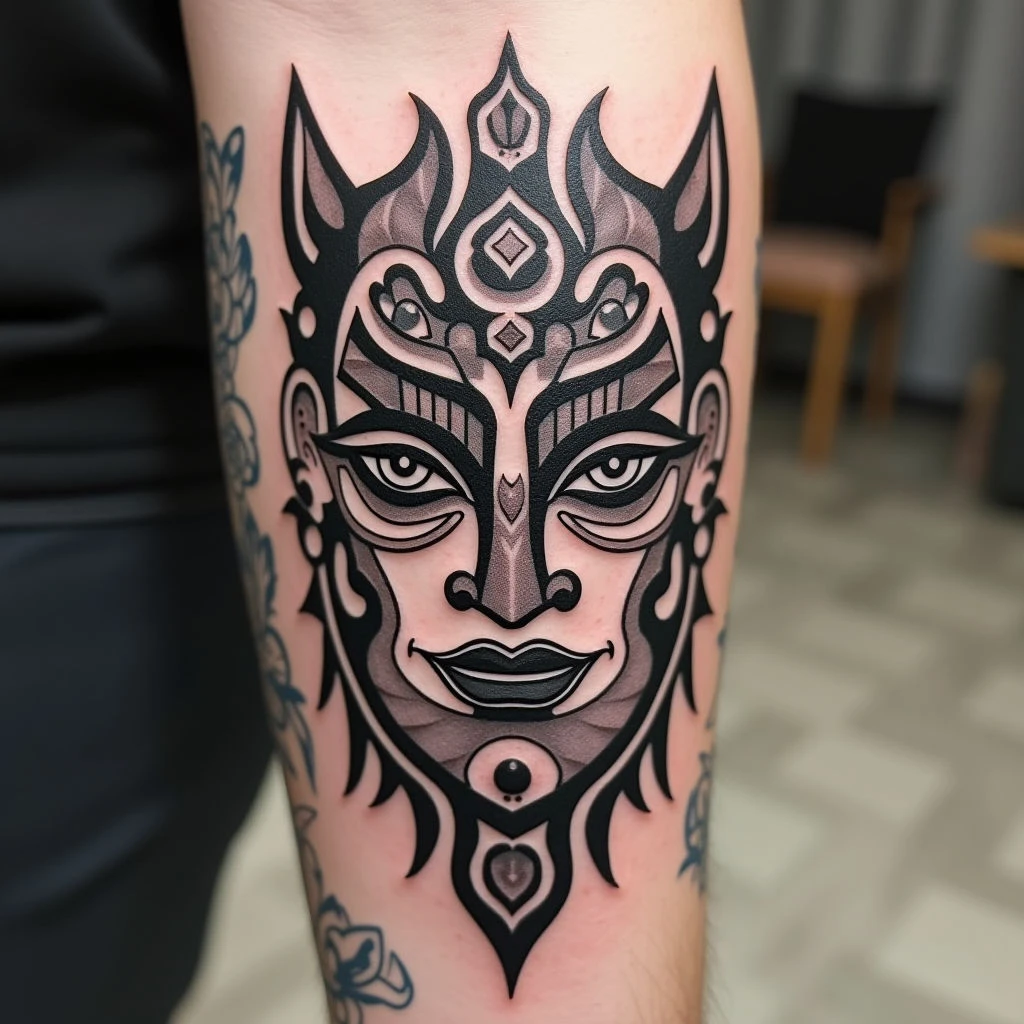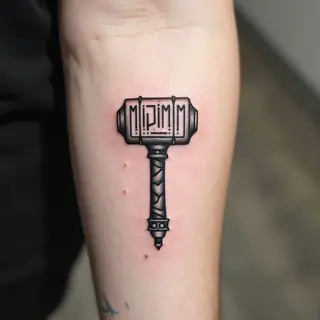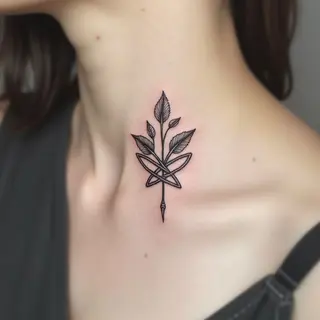Chin Tattoos: A Cultural Journey Across Communities
Chin tattoos hold deep cultural significance across numerous native communities globally. Historically, they served as markers of identity, status, rites of passage, or spiritual connection. The practice isn't about aesthetics but embodies heritage and storytelling.
Cultural Meanings
- Across different cultures, chin tattoos have varied meanings:
- Maori (New Zealand): Traditionally, facial moko (including chin markings) communicated lineage, achievements, and social rank. Chin placement often signified strength or connection to ancestors.
- Amazonian Tribes: Certain tribes utilize chin tattoos as part of initiation rituals, signifying adulthood or spiritual attainment.
- Pacific Islanders (Samoa, Tonga): Similar to Maori traditions, facial tattoos conveyed status, family history, and individual accomplishments. Chin markings often symbolized resilience and connection to the land.
Modern Interpretations
Today, individuals may choose chin tattoos as a way to connect with their heritage, express personal identity, or honor cultural ancestors. It's crucial to approach this practice with immense respect for its origins. Research the specific culture you wish to reference and ensure you understand the protocols surrounding such markings.
Design Considerations
Designs are often geometric patterns, symbolic animals (representing strength or spirituality), or stylized representations of ancestral figures.


